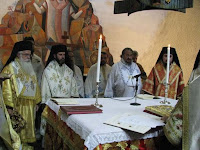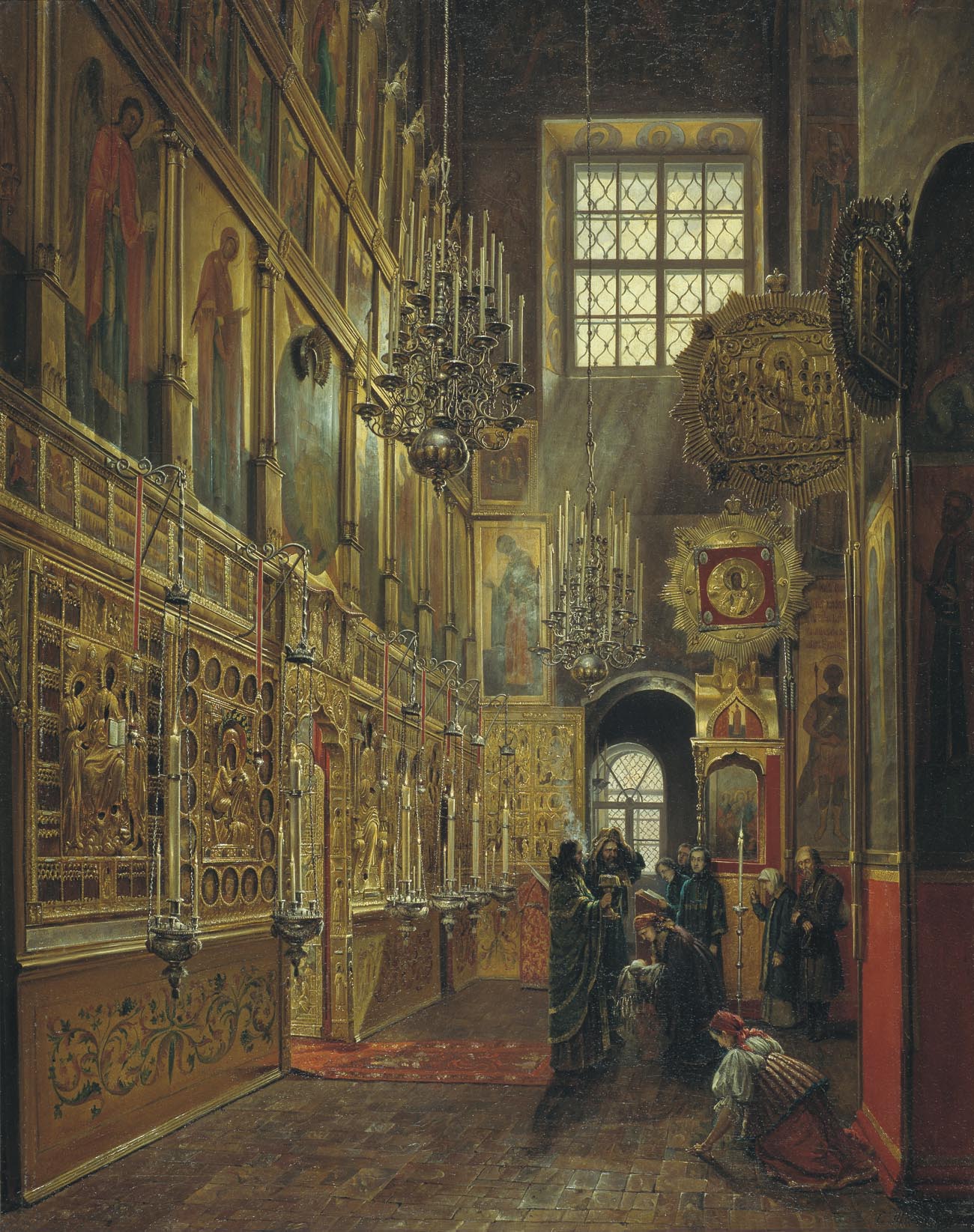This is taken from a response I made to a post on an Orthodox forum. The original poster was looking for some points to make when discussing our differences with the Roman Catholic Church. These are some ideas I had that you could use if you aren't interested in debating the theology behind the major points of contention.
The Orthodox Church teaches that:
1) Doctrinal decisions are made in council (7 Ecumenical Councils to be exact).
Take the Filioque, for example. The canons of the 2nd council state that not one word should be added to or subtracted from the creed, and even if that were not the case, it would at least take another ecumenical council to do so. But, the Fiolioque did not follow that path. It was first added by one priest, then adopted on a local level at the council of Toledo (589), and then over 400 years or so, it was in wide use, never being adopted by an ecumenical council of both East and West. Even though the intent may have been for good (combatting Arianism in the West), it doesn't change the fact that the idea started with one priest and expanded without the consent of a council.
2) Decisions made after the 7th Ecumenical Council (787) do not apply.
Another point to make, that many Roman Catholics do not know, is that many of the main contention points (Papal Infallibility, Immaculate Conception, Assumption) have only been "on the books" officially since the mid-19th century. There really isn't much written proof of some of these teachings in their now-proclaimed forms before they were made official dogma. They may have been taught in various places, but there was never church-wide acceptance, especially before the Great Schism (1054).
3) Semantics and translations are important.
And of course, there is always the translation issue. We Orthodox thrive on semantics. One wrong letter or syllable in Greek can make a huge difference. So, things like Original sin are often credited to a mis-translation in the Latin from the Greek of Romans 5:12. The Vulgate renders it as "in whom all have sinned," while the original Greek says "in that all have sinned." The first referring to Adam as the "whom." I'll let you figure out the theological impact of that. This mis-translation helped lead to the eventual adoption of the Immaculate Conception as well. The same thing happened with Coptic Church and the Chalcedon issues. Many claim it is just mis-translation. If so, maybe someone should clear that up.
So, those are some simplified non-theological points that you might be able to bring to the table. Bottom line, the Orthodox Church likes decisions made in councils; decisions made in 787 AD or before; and properly translated terms.



